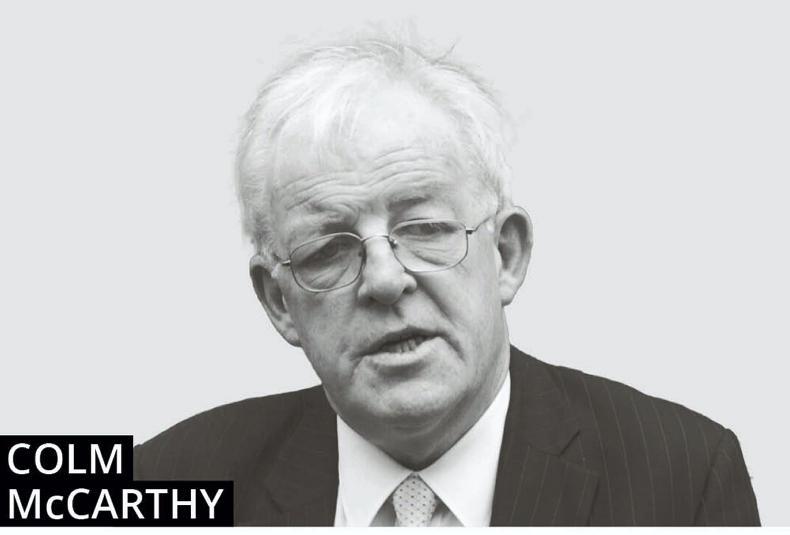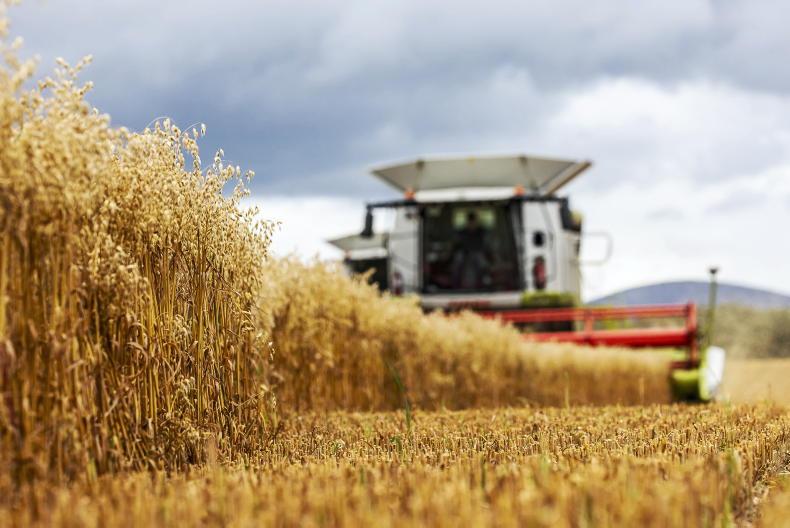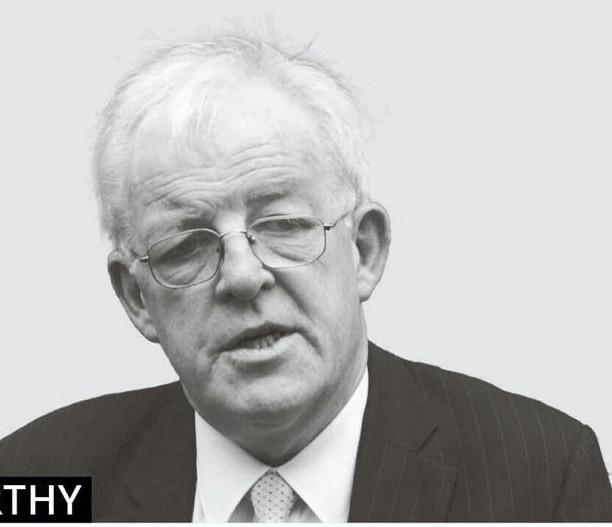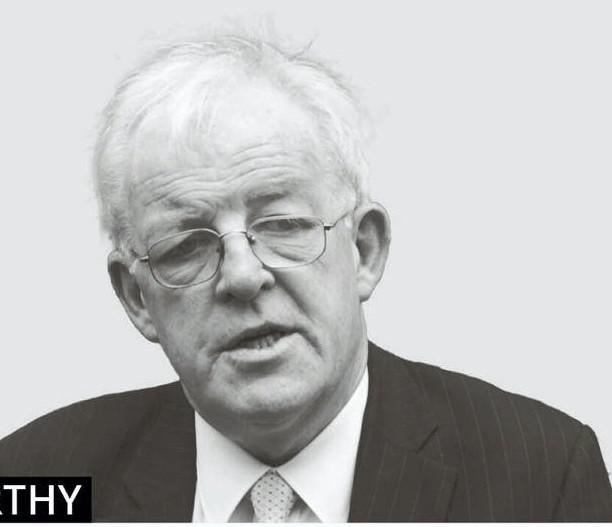The Government launched an important document about regional development at Maynooth University three weeks ago. It focused in large degree on rural decline and what can be done about it. Full details are available on www.ireland2040.ie and the views of interested parties are sought by 16 March next.
A draft plan will then be prepared. There will be a second round of consultation before the summer and a final version will be considered by the Government in the autumn. It will likely involve long-term commitments about public capital investment around the country.
Public perceptions about recent patterns of population growth in Ireland are not always in accord with the facts. Many people seem to believe that the city of Dublin is growing very rapidly through sucking immigrants from the rest of the country, something which was true historically but which ceased to be the case a long time ago.
The first census after independence, in 1926, showed that 17% of national population lived in Dublin city and county. This percentage rose steadily for 40 years and reached almost 28% by 1966. The lowest national population ever recorded was in 1961 and all of the growth in the five years to 1966 was in Dublin. In earlier inter-censal periods the national population fell but the Dublin population rose.
But something very different began to happen from the 1960s onwards. The percentage of national population in Dublin city and county today, as recorded in the 2016 census, is just a little over the 28% figure reached 50 years ago. The rapid growth has been in the Leinster counties outside Dublin, not in the capital and its immediate surrounds. The continuing concentration of the national population in Dublin is an “alternative fact”. It has not really been happening in recent decades.
The national population has risen by two-thirds in half a century, and the growth in Dublin has been only a little quicker than elsewhere. The real story is the unequal performance outside Dublin: growth in the Leinster counties outside Dublin has been much faster than in Munster, Connacht and the Ulster counties of the Republic.
In 1966, the population of Tipperary was almost as large as the combined figures for Kildare and Meath. Fifty years later, each of Kildare and Meath, on their own, had populations well ahead of Tipperary, whose population had itself risen over the period. Kildare and Meath saw their populations treble in 50 years and there has been rapid growth also in Wicklow and in other parts of Leinster.
Growth has been diverted, through restrictive land-use policies, away from Dublin proper and into the surrounding counties
The story of regional population trends in Ireland in recent decades is mostly about urbanisation and more particularly about urban sprawl. The drift away from agricultural employment and the preference of inbound multinationals for the larger centres has seen higher population growth in the eastern half of the country. Growth has been diverted, through restrictive land-use policies, away from Dublin proper and into the surrounding counties.
Every county in Ireland has a greater population today than it had 50 years ago. In some cases the increase has been small and the population structure in many rural counties, especially in the north midlands and the west, is fragile, with an increasingly elderly profile and an excess of deaths over births in many areas. Within these counties there is a continuing pattern of decline outside the towns. So the perception of rural depopulation is not at all imaginary.
Urban sprawl
But it needs to be understood that it is not universal. In Leinster, and in the hinterlands of growing cities like Cork and Galway, populations in the countryside have grown rapidly: urban sprawl is not just a Dublin phenomenon. It is also not just about residential development. The outer suburbs of the main urban centres have seen strong employment growth too, and not everyone has to commute.
One of the puzzles of regional development in Ireland has been the uneven experience of the provincial cities. Fifty years ago, Galway was something of a backwater but has done far better than Sligo or Waterford.
Cork suffered a major attrition of traditional employers (Ford, Dunlop, Irish Steel, NET) from the 1970s onwards but has succeeded in attracting strong inward investment in newer high-tech sectors. If the weaker rural districts are to see a reversal of fortunes, the most effective policy may be to replicate the success of Galway and Cork in each of the other large provincial centres.










SHARING OPTIONS